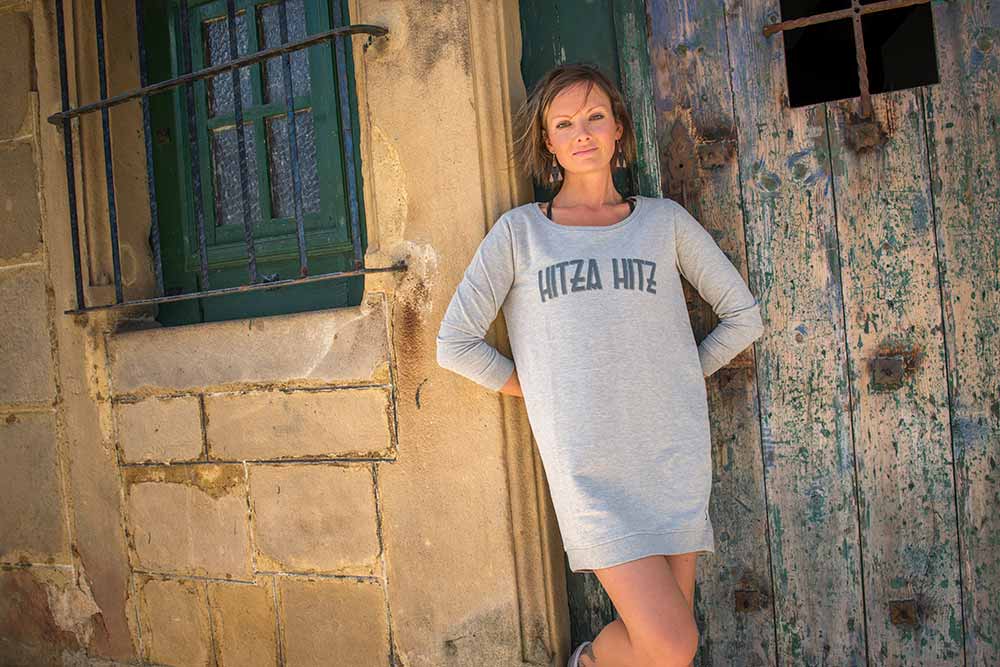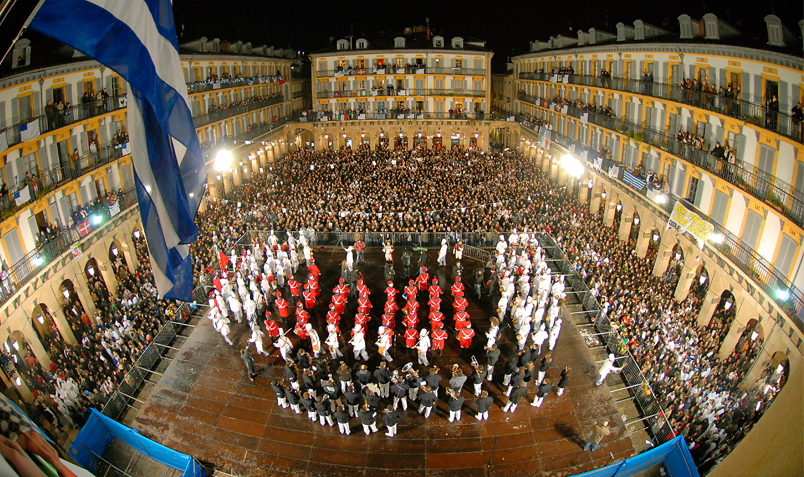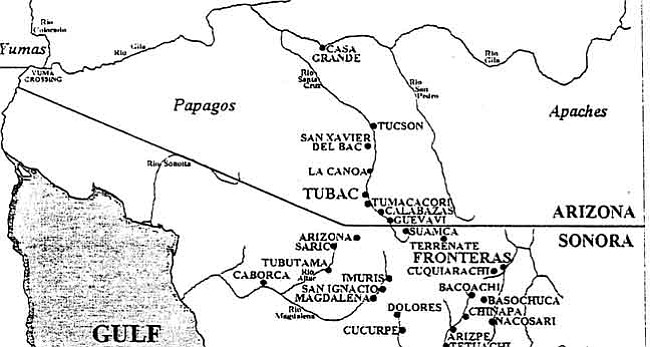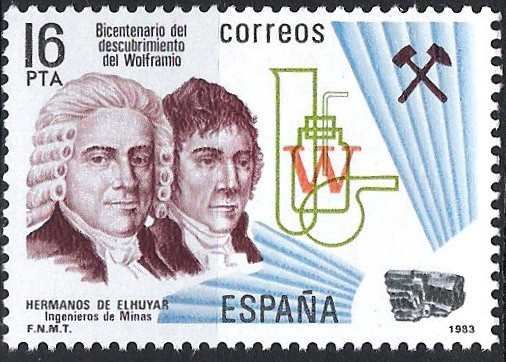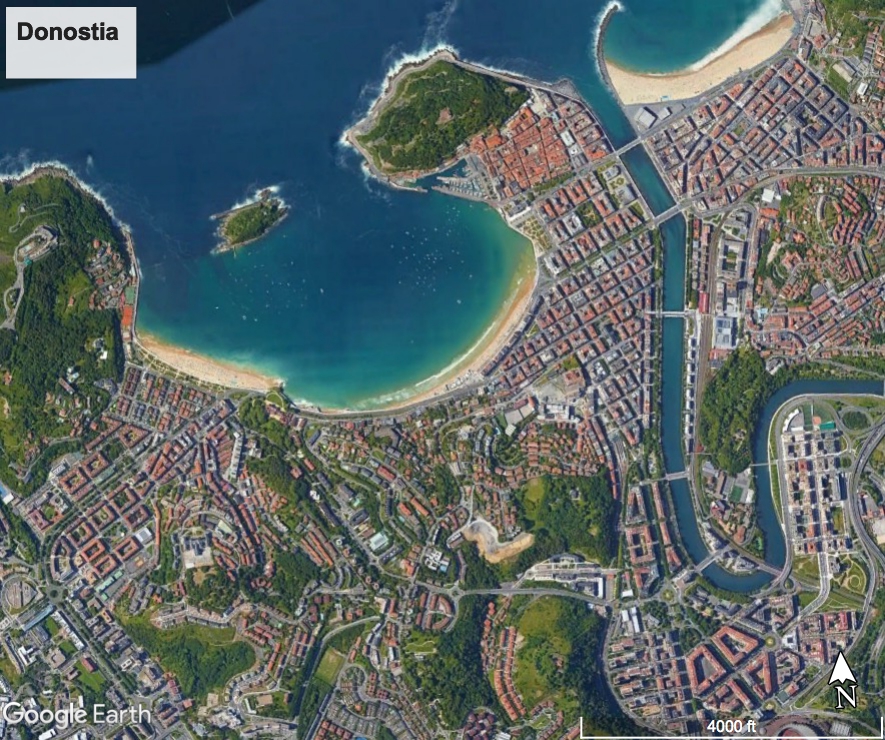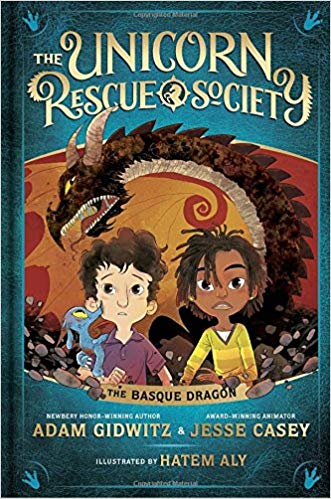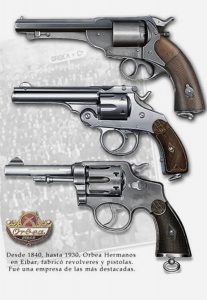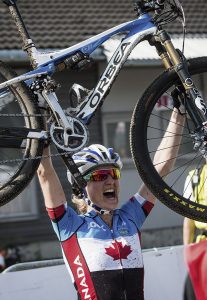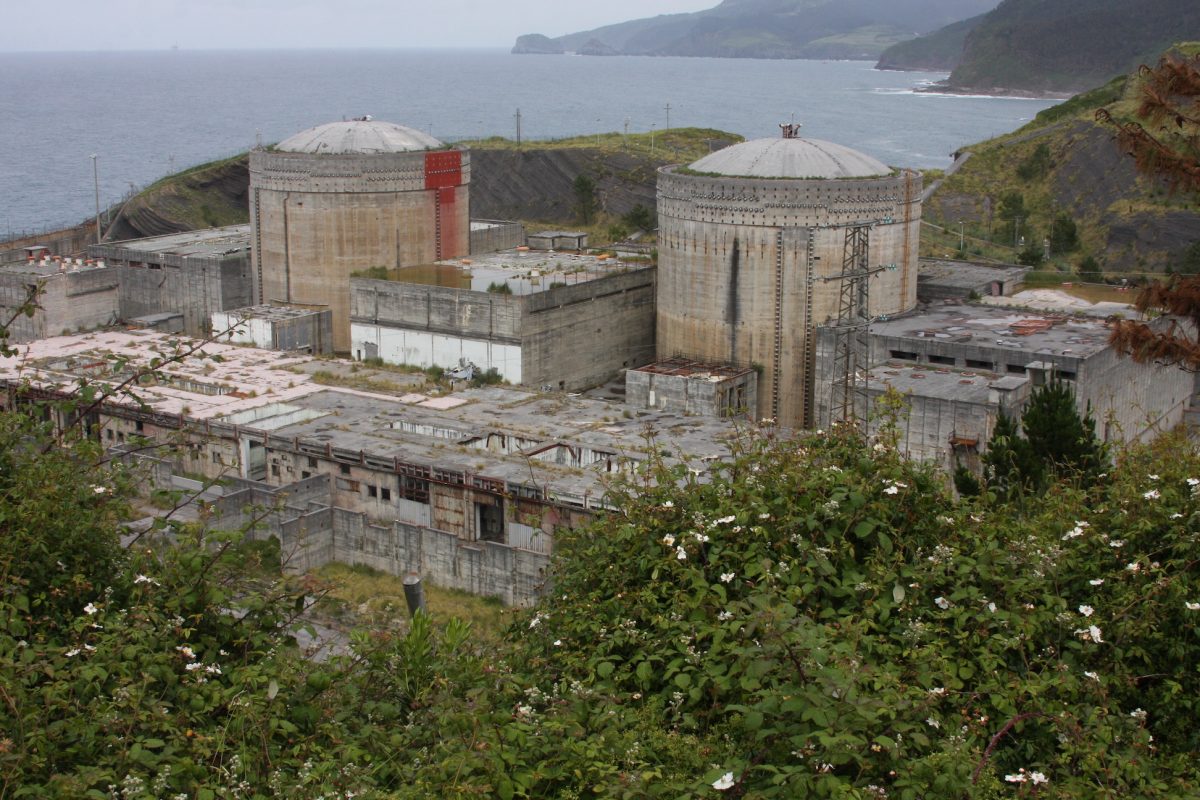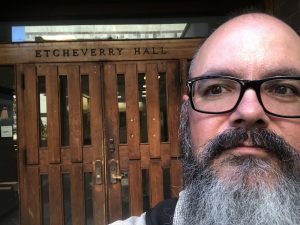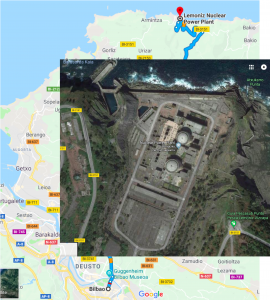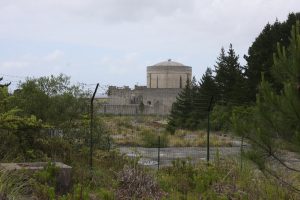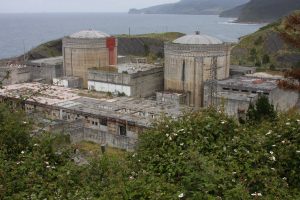The age of Globalism offers an interesting dichotomy for minority languages such as Euskara. On the one hand, as the world becomes more homogeneous, with Starbucks and Ikea in every corner, languages such as English become even more universal, a modern lengua franca that makes communication between random people easier. At the same time, however, new tools of communication make it possible for more people from all over the globe to learn about minority languages and to engage with these languages, to at least learn rudimentary aspects of languages that they would never have even heard of before.
Whenever I talk to people about my intense interest in the Basque culture, language, and country, one question that always arises is the language itself, its history, and why it is worth preserving. This becomes a complex issue very quickly. There is of course the Basque-centric answer, which revolves around the heart of Basque identity. The Basque word for a Basque person — euskaldun — means one that has Euskara, one that speaks the language. Especially as the world becomes smaller with globalization and more people move around, with more people moving to places like the Basque Country, the identity of regions like the Basque Country will be less on ancestry and more on identity markers such as language. It won’t matter as much if a person living in the Basque Country was born in Bilbao, Boise, or Africa — if they learn the language, they will be part of the culture.
There is also a broader answer, related to the idea that each language gives us a unique perspective, a unique way of looking at the world, a unique system for thinking. I’ve read both that this is true and that it is not, that our primary language doesn’t really make much difference about how we think. But, it seems to me that there are expressions of language and thought that each language can express uniquely, and that with each language that is lost, we lose a way of looking at the world, a way of interpreting our experiences and expressing them to others.
Those I talk to who speak majority languages don’t seem to be bothered by this. For example, when I talk to British people about this question, and the push for the survival of languages such as Welsh, they often (though not universally) have the opinion that it would be better to just let such languages die as the benefit of ease of communication far outweigh any loss due to diversity. This, then, becomes the heart of the dilemma. For a species, what is more valuable? How do we weigh these conflicting benefits? Certainly, in fields such as science (my own field of expertise), having a common language (English) makes communication much easier and ideas are much more readily shared than if all scientists only wrote and communicated in their local language. However, I expect that new ideas arise because these scientists think in their own languages, ideas that may not have come about (at least not as quickly) if everyone also thought in English. I don’t know this for sure, but it seems likely, at least to me.
I guess the question comes down to what is the value of diversity. If the Basque language disappeared tomorrow, what would we lose? A small corner of the world would lose something that makes them unique. But, what would the greater world lose? Maybe not much, if only Basque disappeared, but as more and more of these minority languages are lost, and more and more people speak just the same few languages, I expect more will be lost than just a few special ways of looking at the world. This debate has a long history, with strong arguments on both sides.
Euskara has made enormous strides since Franco died. The story of its survival is fascinating in and of itself (see this podcast to learn more or click the link below). It is estimated that 70% of young people — people 25 years old or younger — now have some proficiency with the language (as is described in this article from the Irish Times on how Euskara has survived and even thrived in recent years). But, its survival, as with all things Basque, is a very political subject, as one side advocates for greater exposure of the language in an effort to ensure its survival and the other resents being forced to be exposed to a language they don’t care about or want to learn.
For languages such as Euskara to survive in a world where everything is run by companies such as Amazon, Apple, and Google, they need the support of people who don’t have a vested interest in any particular language, but in the diversity of human culture more generally. That is, minority languages need people to accept their place in human heritage, not be openly hostile to their existence. It is only by people who don’t know what Euskara even is, but who want the world to be more than just English and Chinese, that languages such as Euskara can survive.
Just as importantly, however, people need to learn these languages. Languages die when people stop speaking them. People can be supportive of minority languages all they want, but if no one speaks them, it simply doesn’t matter. Whether they learn to speak a given languages is a function of many factors, not least of which is the effort necessary to learn the language and the utility of the language if it is learned. When I first when to the Basque Country, to spend a year in Donostia to learn Euskara, my dad, a man whose first language was Euskara, asked me why, as Spanish would be so much more practical, spoken so much more widely in the world. Well, my personal reasons were to learn more about his and my grandfather’s culture, so it was never really about communication for me. I never learned enough to communicate well — Spanish was so much easier to learn and communicate with — but I learned enough to give me some appreciation of the language and its role in the culture. My regret is that I didn’t do a better job of learning it.
That said, languages die all the time, dying with their last speakers. Even in the effort to stabilize and grown Euskara, there have been sacrifices, in the form of dialects that are disappearing. As Batua gains strength, not only does it help ensure the survival of Euskara as a whole, it also ushers in the decline of dialects such as Bizkaian. All the time there languages, or dialects of languages, that disappear. To what extent do we try to save every way of thinking? It is said that every valley in the Basque Country has its own dialect. We can’t hope to save them all. Where do we draw the lines?
In the end, is it selfish to try to save languages like Euskara? Do the benefits of a common language far outweigh those of diversity? Based on the current situation in the United States, it isn’t so obvious to me that a common language is some salve that solves all of our problems. I don’t think it is possible or even a good use of resources to save and preserve all languages, but I also think we need to save what we can. The question is where to put those resources, what languages to try to save, and how to best advocate for their survival. Euskara is doing well, at least for now. But, is this just a temporary blip or will it survive and thrive for some time to come?
Share this / Partekatu hau:
Like this:
Like Loading...

